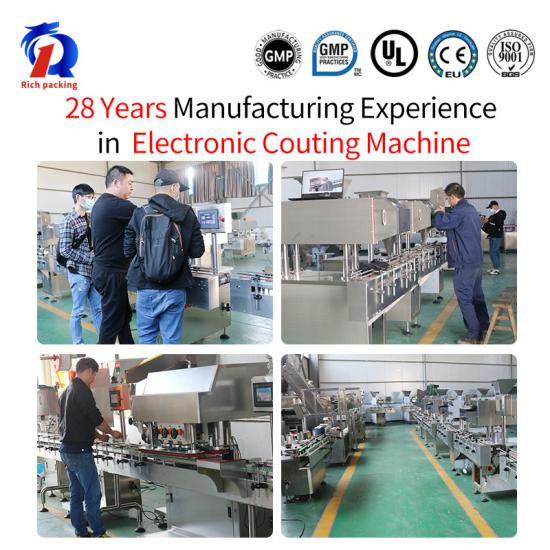There are many intricate mechanical and procedural processes required to make tablets have a consistent shape. Uniformity Essence of Pill Press Machine uniformity come from several key facets. This, as told by Saunders happens when the tablets are ejected off of a press punching at anything from 1000 to maximum 10,000 lbs of compression force for each and every tablet to make certain they all have kept equal weight. This is necessary to maintain the weight and size of tablet, essential for accuracy in dose [31].
The quality of granulation affects the uniformity of tablet directly. The need for proper granulation The goal of good granulation is to achieve a uniform content blend, prior to tablet compression. According to a report by Pfizer, that its study demonstrated that tablet uniformity can be improved up to 25 per cent with optimized granulation processes.
Die and punch to be aligned, Dose variation leads to tablets of different thickness and hardness, which may lead to misalignment. Owing to the precision-engineered dies and punches used in a tablet press machine, which maintain alignment within microns produce tablets that confom strictly with all specifications. According to the International Society for Pharmaceutical Engineering (ISPE), accurate alignment can slash defect rates by 15%!
These modern pill press machines also have control systems that monitor the weight and hardness of individual tablets on a real-time basis. Advanced sensors and software make instantaneous adjustments with these systems to assure that tablets are of equivalent quality. Johnson & Johnson has seen a 10% improvement in uniformity, for example, by switching to machines with real-time monitoring (ref.

Lubrication in the machine reduces friction between powder and die wall so that we get more uniform tablets. Continuous lubrication prevents sticking and reduces the chance of creating poor quality tablets. According to the American Association of Pharmaceutical Scientists (AAPS) publication, successful lubrication can increase tablet uniformity up to 20%.
The feeder components make sure that the powder is fed evenly in each die. More advanced feeders are able to adapt the flow rate and distribution pattern for even filling. The National Institute for Pharmaceutical Technology and Education says that tablet-to-tablet uniformity can improve by 30% with efficient feeder systems.
Speeds of the tablet press affect uniformity Machines that are set to run at higher speeds may have more difficulty in keeping things consistent as there is not enough time for the product inside of it. Balancing productivity and uniformity by setting the press speed is paramount. According to a survey, speed adjustments could improve uniformity by 18%
The major factor that should be kept in mind is precision engineering and regular maintenance. Reducing variability by having all components working perfectly A case filed by GlaxoSmithKline indicated that the 12% improvement in tablet uniformity was attributed to very high maintenance protocols.
To obtain better insight about the uniformity part andget amore in-depth understanding of how these factors impact, you can further delve into more aspects Related to pill press.